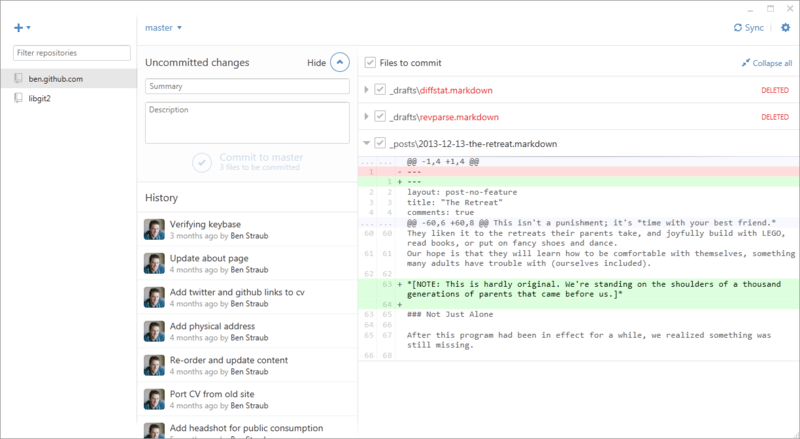Webgl Book Github For Mac
WebGL is an open web standard for rendering graphics on any compatible browser, without the need for additional plug-ins. WebGL is integrated completely into all the web standards of the browser allowing GPU accelerated usage of image processing and effects as part of the web page canvas. WebGL elements can be embedded with other HTML elements and composited with other parts of the page. Although, most modern-day browsers support WebGL, visit to know more details about the exact versions that are supported.
Some browsers do not have WebGL enabled by default. To enable WebGL on your browser, see. Animate CC allows you to create and publish rich interactive content to the Web Graphics Library (WebGL) format. Since WebGL is fully integrated into browsers, it allows Animate to leverage GPU accelerated usage of graphics processing and rendering, as part of the web page canvas.
This new document type allows you to create content and quickly publish to a WebGL output. You can leverage powerful tools within Animate to create rich content, but render WebGL output that runs on any compatible browser.
Learning HTML5 Game Programming: A Hands-on Guide to Building Online Games Using Canvas, SVG, and WebGL [James L. Williams] on Amazon.com. *FREE* shipping on qualifying offers. Get Started Fast with HTML5 Online Game Programming! HTML5 will transform web and mobile gaming. This allows C/C++ client code to use a (nearly) unified codebase for creating a GLES2 (WebGL) rendering context across Web, Linux (with Mesa) and Android. Beginner's Setup Guide for Git & Github on Mac OS X. There is an updated version of this post for OS X 10.9. While the steps below should still work, I recommend checking out the new guide if you are running 10.9!
Webgl Tools
This means that you can use the traditional Animate timeline, workspace, and drawing tools to natively author and produce WebGL content. Most commonly used browsers support WebGL, there by, allowing Animate to render content on most web platforms. You can migrate existing content within Animate to a WebGL document. To its end, Animate allows you to migrate via copying or importing content manually. Also, when working with multiple documents within Animate, it is a common practice to copy content across documents as Layers or assets in the Library. Although, most features of Animate are supported, some content types are modified to better accommodate the WebGL format.
Animate contains several powerful features that help produce visually rich content. However, considering that some of these features are native to Animate, they will not be supported in a WebGL document. Animate has been designed to modify such content to a supported format, and visually indicate when a tool or feature is not supported. Runtime bitmap caching lets you optimize rendering performance by specifying that a static movie clip (for example, a background image) or button symbol be cached as a bitmap at runtime. By default, vector items are redrawn in every frame.
Caching a movie clip or button symbol as a bitmap prevents the browser from having to continually redraw the item, because the image is a bitmap and its position does not change. This provides a significant improvement in performance of rendering WebGL content.
For example, when you create an animation with a complex background, create a movie clip containing all the items included in the background. Then select Cache as Bitmap for the background movie clip in the Property inspector.

During playback, the background is rendered as a bitmap stored at the current screen depth. Browser draws the bitmap on the Stage quickly and only once, letting the animation play faster and more smoothly. Bitmap caching lets you use a movie clip and freeze it in place automatically. If a region changes, vector data updates the bitmap cache.
This process minimizes the number of redraws that browser must perform, and provides smoother, faster rendering performance. When using Cache as Bitmap property on WebGL content, consider the following:. Maximum size of the movieclip symbol is limited to 2048x2048. Note that the actual bounds of the movie clip instance that can be cached are lesser than 2048x2048, WebGL reserves some pixels. If there is more than one instance of the same movieclip, Animate generates the cache with the size of the first instance encountered. However, the cache is not re-generated and Cache as Bitmap property is not ignored, even if the transform of the movie clip changes to a large extent. And hence, if the movieclip symbol is greatly scaled during the course of animation, the animation may appear pixelated.